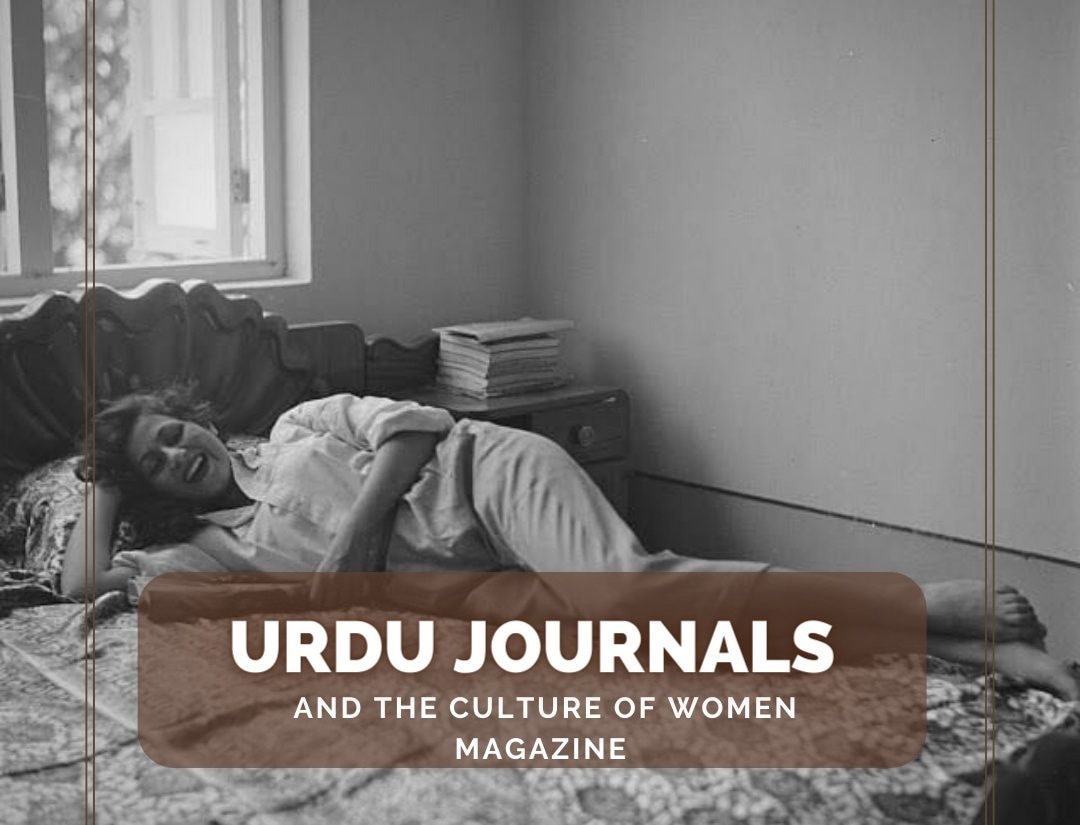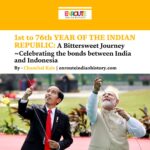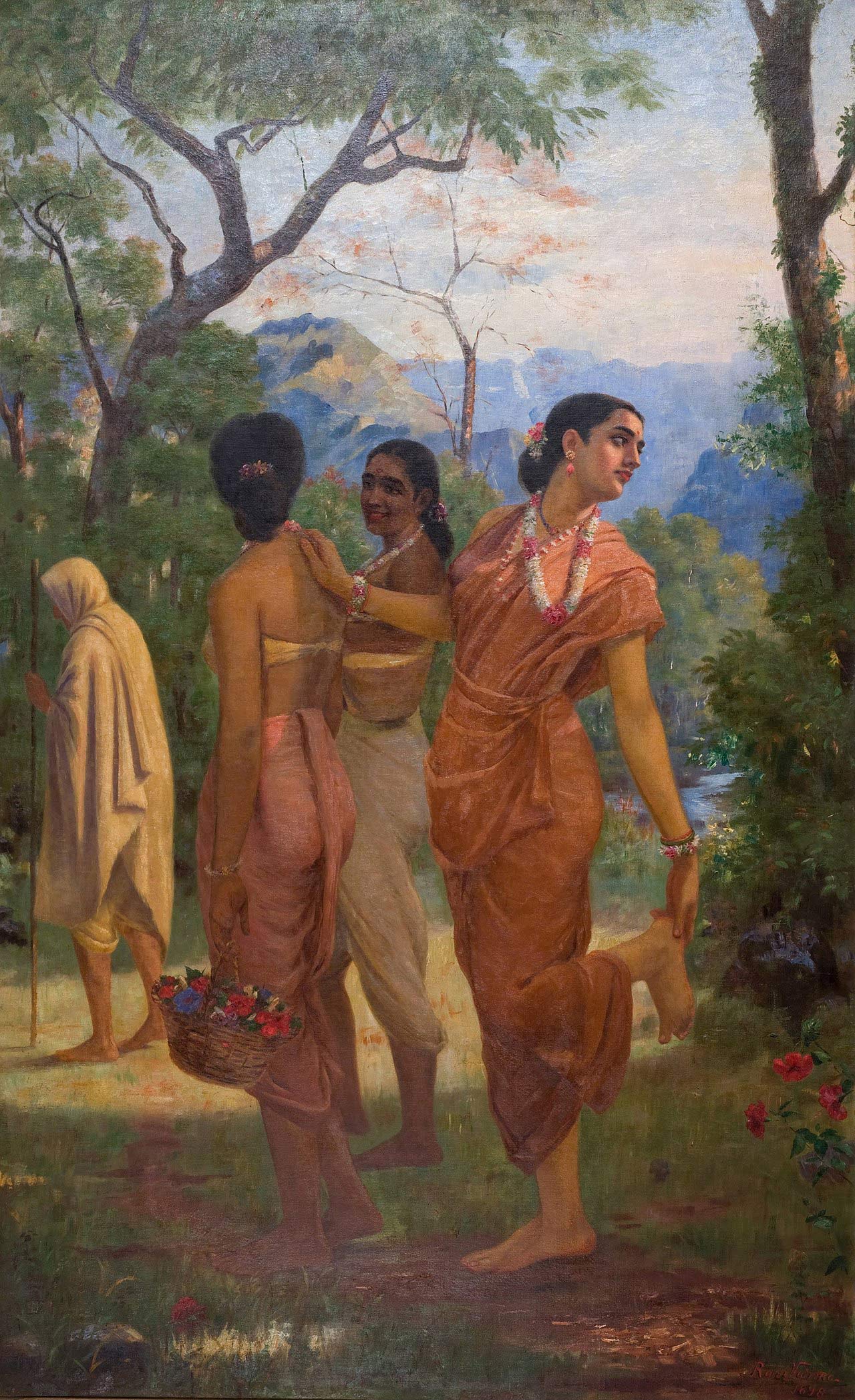Urdu Journals And The Culture Of Women Magazine
- Anoushka Jain
- February 28, 2022

Article by EIH Researcher and Writer
Sadaf Jawed
Recent decades have seen an increase in scholarship on gender issues in India. However, a closer look will reveal that studies on Muslim women is noticeably scarce. After the end of the Mughal era, Muslim women somehow disappears from the public discourses. It is only in the late 20th century that they re-emerge as a subject of official history.However, the silence on representation of Muslim women should not be confused with the complete absence of it. Recent researches have revealed that by the beginning of the 20th century, a fair number of Muslim women in British India were writing. Their contributions in the form of women’s journals, articles in many leading periodicals of that time contributed to the gradual change that occurred in their social status and thus, empowered them for future progress.
However, this sudden disappearance of women from the nationalist discourse is worth looking at. Many have argued that with the coming of nationalism, social reforms related to women were swept under the rug. With this argument they often fail to recognize that between the 1880s and the 1920s the social reform movement was enthusiastically carried forward, expanded and transformed by women themselves and Journals became the flag bearer of this reform movement. Magazines for women began to appear in various Indian languages in the mid to late 19th century, Bengali journals such as Antahpur and Bamabodhini Patrika, the literary productions of middle class Brahmo/Hindu women became the essential source for the study of the emergence of ‘‘progress’’ and ‘‘enlightenment’’ among the Bengali bhadrasampraday. Similarly for the study of Muslim women’s education and social reform among Sharif (noble) Muslim families in North India, women’s journals in Urdu becomes an essential component.
The earliest women Urdu magazines were started by men; later on, women joined the field not only as contributors but also as editors and publishers. The Urdu journals of women became the part of socio religious reform movements witnessed by the Muslim societies. Urdu journals actively those edited and managed by women not only challenged the patriarchal notions of the society but also became the agents of shaping the consciousness of Muslim women. Print culture played a major role in transforming the lives of women. It provided a space to the women which were previously unavailable to them. Using this space, Muslim middle class Urdu speaking women were able to voice their ideas and opinions, and exchanged them with other women and men. Participation of women in the writing world was an important change to undermine the authority of those who interpreted the things for women.Journals became increasingly numerous in the early twentieth century and proved to be the best way to convey ideas to women behind veils and encourage them to express their views. They created awareness among women by addressing myriad issues related to educational, literary, social and day to day issues.
Syed Ahmad Delhavi founded Akbar-un-Nisa (Women’s News) in Delhi in 1887, which was the first women’s monthly in Urdu. It closed after a brief run but became an inspiration for later journalists. Another Urdu periodical for women, Mu’allim-i-Niswan (The Women’s Teacher), was started by Maulvi Muhibbi Hussain in the late 1880s.Tehzeeb-un-Niswan, Ismat and Khatun were other some famous journals published for women by men and has often been talked about when it comes to Muslim women voices. Although these journals featured essays on women’s education, women in other nations, poetry it also aimed at making women good mothers, perfect wives who were entirely domestic and remained true to their traditional function as a helpmate for educated middle-class men. However, in the late 19th and early 20th century Muslim women themselves started wrting about their issues. Shareef- bibi, Zebun-nisa and Harem were few among the large number of journals that were being published by Muslim women.
Shareef- bibi was founded by Fatima Begum, daughter of Munshi Mehboob Alam, in 1909, and was published in Lahore. The journal focused on myriad issues ranging from domestic, national as well as international issues. The articles were mainly contributed by Muslim women themselves and they wrote about, management of home; essays on Iranian, Japanese, English and Turkish women, highlighting their achievements in different walks of life; physical exercises for women; lessons on sewing; news about scientific discoveries; detailed accounts of prominent Indian women; women organizations; how to read the Quran; position of prominent Muslim women at the time of Pristine Islam; beauty tips; importance of women‘s education; etc.
Zebun-nisa was first edited by Sughra Humayun Mirza and from 1935, jointly edited by Sheeda Ismat and Shabir Khalida. It was first published from Chhapara, Bihar in 1922 and later, from Lahore. The journal became a major voice of Muslim women and talked about Women‘s health; education in India as well as elsewhere; plight of widows and support to widow remarriage. It also became a source of proceedings of All India Ladies Muslim League and Anjuman Khawateen-i-Deccan. Apart from serious political and social issues, the journal also talked about beauty tips and domestic chores.
Harem was founded in 1926, by Begum Abdul Gafoor, a medical doctor by profession. The journal was started from Pelibheet, United Provinces. Journal’s primary focus was on issues related to women’s health and published articles stating health reports on sex ratios; importance of mother‘s milk to children health; children‘s diet, exercise and health; Typhoid; precautions to be taken during pregnancy, menstrual periods, ailments and solutions; History of Tibb medicine (associating it with the Muslim medicine). Apart from its niche articles it also focused on articles related to women and Islam; biographical sketches on Muslim women and national development; details on the proceedings of women organizations; Mustafa Kamal Pasha and modern democracy in Turkey; Gandhi‘s views on parda; custom of parda in India, etc.
These journals are a major source of women writings and has proved helpful in locating Muslim women’s voices, their ideas, aspirations, and their views on myriad issues. It is important to note the views of women about their own problems and how did their opinions differed from that of Muslim men. These works helps in shattering the stereotypes constructed around the post-independence Muslim women, who were seen as burqa-clad, obedient and religious hypocrites. Knowledge spheres created by women, like writings and oral traditions, offer an insight into their individual perspective as well as of the community of that period. Ignoring such texts lead to a belief that Muslim women are comfortable in their insulated lives and donot have the voices of their own. A closer look into these, although century-old but progressive writings proves that there was always a voice of dissent and resistance among women which were sadly drowned in the clamors of other discourses.
References :
Ali, Azra Asghar. “Recovering of Female Voices through Women’s Journals in Urdu in British India 1898-1947”, Journal of South Asian Studies, Vol. 21
Ali, Azra Asghar. The Emergence of Feminism Among Indian Muslim Women 1920 -1947. Pakistan
Contractor, Sariya. Muslim Women in Britain Demystifying the Muslimah. New York: Routledge.
Chatterjee, Partha. The Nation and Its Fragments: Colonial and Postcolonial Histories. New Delhi: Permanent Black
Minault, Gail. Gender, Language and Learning. New Delhi: Permanent Black.
Minault, Gail. Secluded Scholars: Secluded Scholars: Women’s Education and Muslim Social Reforms in Colonial India. New Delhi.




















